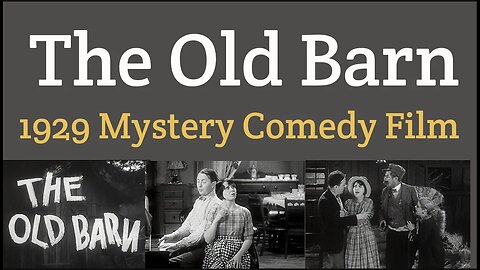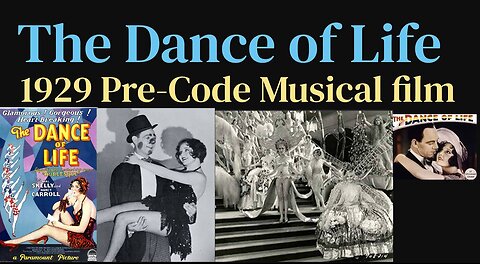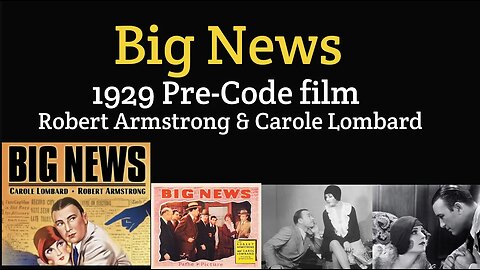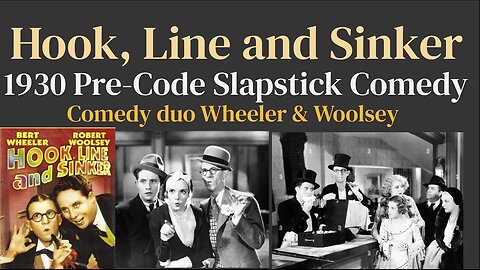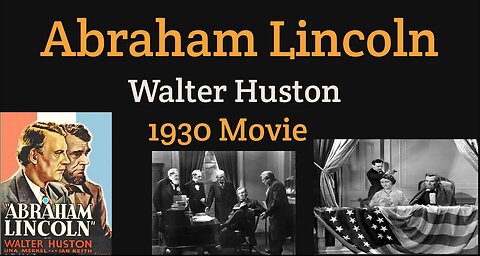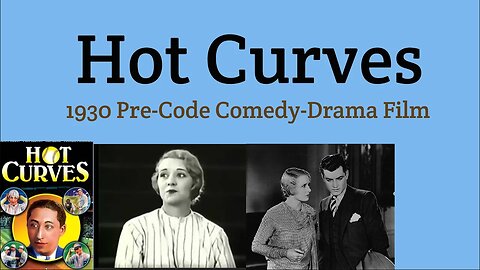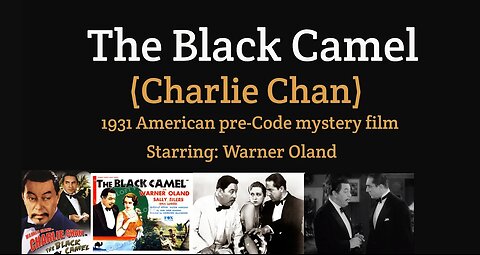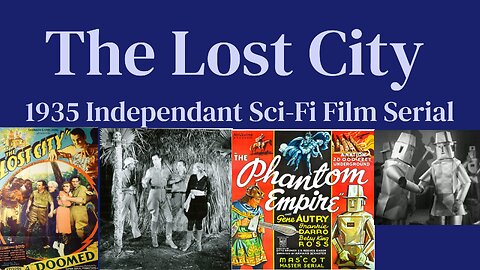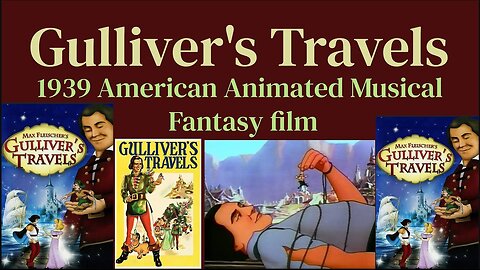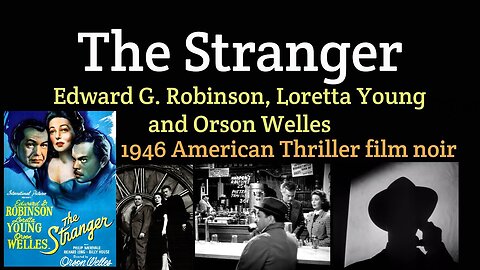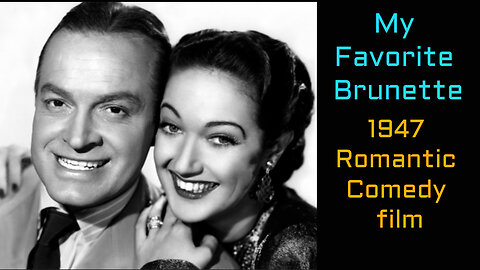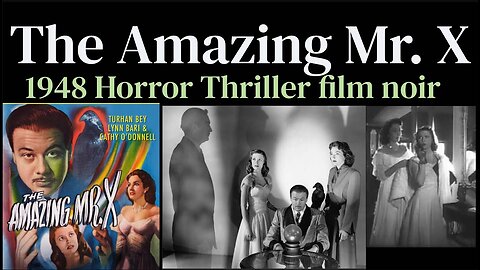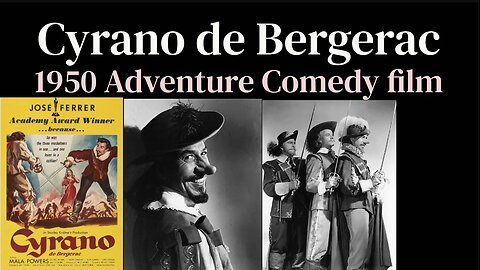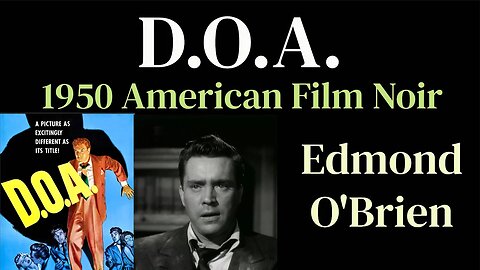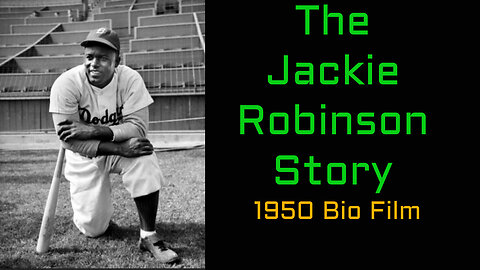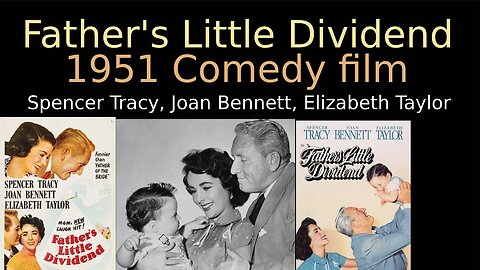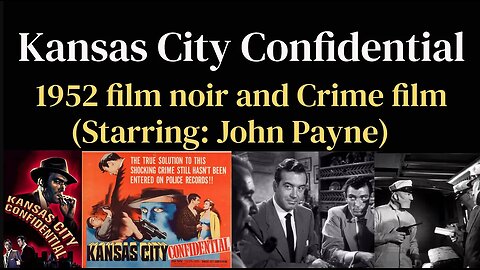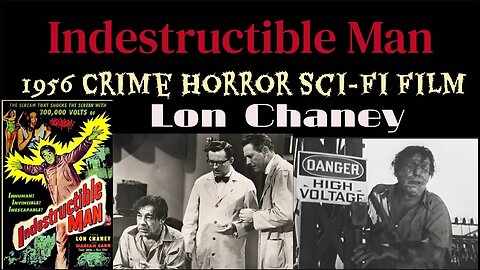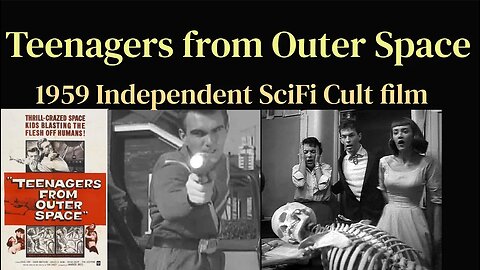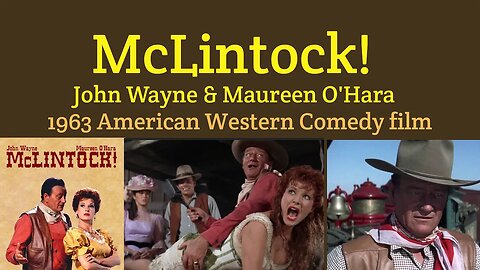Premium Only Content
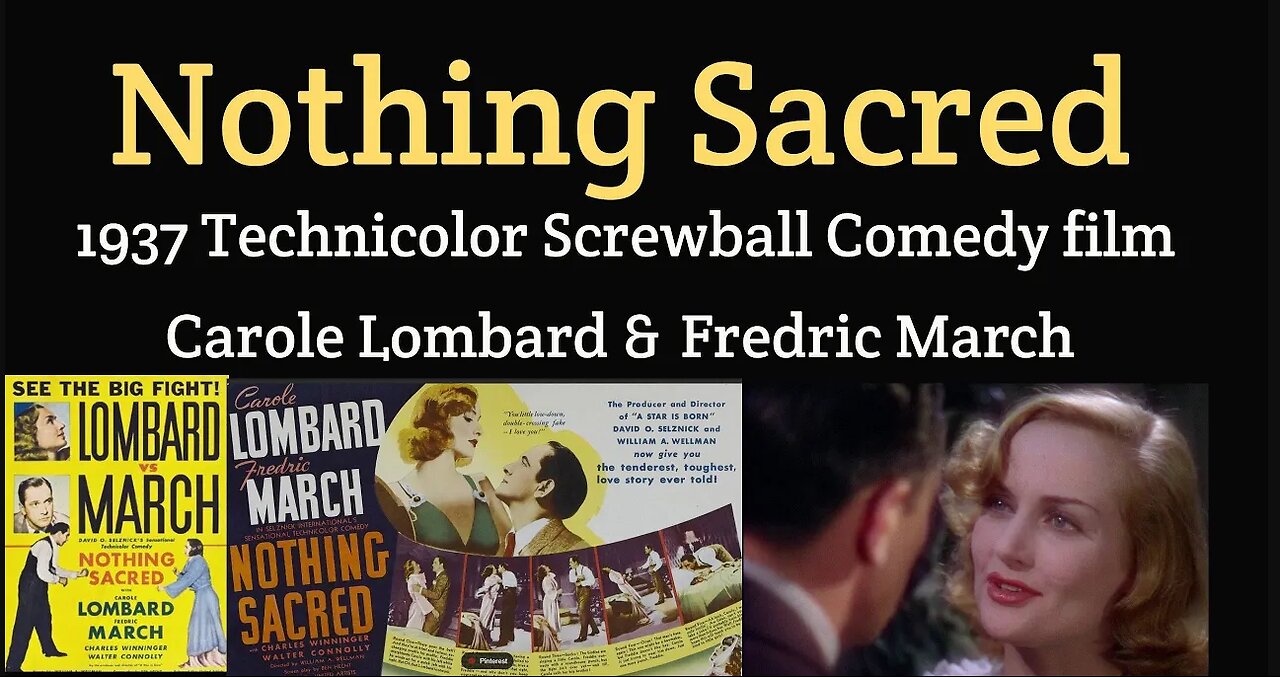
The Inspector General (1949 Color Musical Comedy film)
Glorifying the American Girl (1929 Pre-Code Musical Comedy film)
The Old Barn (1929 Talkie Film)
The Dance of Life (1929 American Pre-Code Musical film)
Big News (1929 American Pre-Code film)
The Bees' Buzz (1929 "Talkie" Comedy film)
Hook, Line and Sinker (1930 Pre-Code Slapstick Comedy film)
Abraham Lincoln (1930) Pre-Code Biographical film
Hot Curves (1930 Pre-Code) Comedy Drama film
Half Shot at Sunrise (1930 Pre-Code Comedy film)
The Bat Whispers (1930 American Pre-Code mystery film) (widescreen)
The Royal Bed (1931 Pre-Code Satirical Comedy film)
The Black Camel (1931) Charlie Chan Mystery Film
Mr. Robinson Crusoe (1932) Comedic, Adventure Movie
The Thirteenth Guest (1932 Pre-Code Mystery Comedy Thriller film)
Bird of Paradise (1932 Pre-Code Romantic Adv. Drama film)
The Kennel Muser Case (1933 American Pre-Code mystery film)
Deluge (1933 American Apocalyptic Sci-Fi film)
The Lost City (1935 Independent Sci-Fi movie Serial)
My Man Godfrey (1936 Colorized Screwball Comedy film)
Nothing Sacred (1937 Technicolor screwball comedy film)
Gulliver's Travels (1939 Animated Musical Fantasy film)
Made for Each Other (1939 American Romantic Comedy film)
Holt of the Secret Service (1941 Columbia film Serial)
Zorro's Black Whip (1944 Republic Pictures Movie Serial)
Captain America (1944 Republic 15-chapter Movie Serial)
Till The Clouds Roll By (1946 American Technicolor Musical film)
The Stranger (1946 American Thriller film noir)
The Chase (1946 American film noir)
Angel and the Badman (1947 American Western film)
My Favorite Brunette (1947 American romantic comedy film)
The Amazing Mr. X (1948 American Horror Thriller film noir)
My Dear Secretary (1948 American Comedy film)
Africa Screams (1949 Abbott & Costello Comedy film)
Quicksand (1950 American film noir)
Cyrano de Bergerac (1950 American Adventure Comedy film)
D.O.A. (1950 American film noir)
The Jackie Robinson Story (1950 biographical film)
Father's Little Dividend (1951 American Comedy film)
Royal Wedding (1951 American Musical Comedy film)
Kansas City Confidential (1952 American film noir)
Indestructible Man (1956 Crime Horror Sci-Fi film)
The Screaming Skull (1958 American horror film)
Teenagers from Outer Space (1959 Independent Sci-Fi Cult film)
The Bat (1959 American Crime-Mystery Thriller film)
House on Haunted Hill (1959 Crime, Horror, Mystery film)
The Little Shop of Horrors (1960 American Horror Comedy film)
Carnival of Souls (1962 Independent Horror film)
McLintock! (1963 American Western Comedy film)
Night of the Living Dead (1968 American Independent Horror film)
Virus (1980 Japanese Sci-Fi Film)
Nothing Sacred (1937 Technicolor screwball comedy film)
PLOT
New York newspaper reporter Wally Cook (Fredric March) is blamed for reporting a Harlem bootblack Ernest Walker (Troy Brown) as an African nobleman hosting a charity event. Cook claims he was unaware, but he is demoted to writing obituaries.
He begs his boss Oliver Stone (Walter Connolly) for another chance, and points out a story about a woman, Hazel Flagg, dying of radium poisoning. Cook is sent to the (fictional) town of Warsaw, Vermont, to interview Flagg (Carole Lombard). Cook finally locates Hazel, who is crying both because her doctor has told her that she is not dying and because she realizes she might be stuck in Vermont for her whole life. Unaware of this, Cook invites Hazel and her doctor to New York as guests of the Morning Star newspaper.
Directed in 1937 by William A. Wellman, produced by David O. Selznick, and starring Carole Lombard and Fredric March with a supporting cast featuring Charles Winninger and Walter Connolly. Ben Hecht was credited with the screenplay based on the 1937 story "Letter to the Editor" by James H. Street, and an array of additional writers, including Ring Lardner Jr., Budd Schulberg, Dorothy Parker, Sidney Howard, Moss Hart, George S. Kaufman and Robert Carson made uncredited contributions.
The lush, Gershwinesque music score was by Oscar Levant, with additional music by Alfred Newman and Max Steiner and a swing number by Raymond Scott's Quintette. The film was shot in Technicolor by W. Howard Greene and edited by James E. Newcom, and was a Selznick International Pictures production distributed by United Artists. The film's opening credits feature distinctive caricatures of the leading actors, as 3d-figurines, and creative artists, as 2d-cartoons, by Sam Berman.
This was Lombard's only Technicolor film. She stated that this film was one of her personal favorites.
Cast
• Carole Lombard as Hazel Flagg
• Fredric March as Wally Cook
• Charles Winninger as Dr. Enoch Downer
• Walter Connolly as Oliver Stone
• Sig Ruman as Dr. Emil Eggelhoffer (as Sig Rumann)
• Frank Fay as Master of Ceremonies
• Troy Brown as Ernest Walker
• Maxie Rosenbloom as Max Levinsky
• Margaret Hamilton as Warsaw, Vermont Drugstore Lady
• Hattie McDaniel as Mrs. Walker
• Olin Howland as Will Bull
• Raymond Scott as Musical Leader
• John Qualen as Fireman
• George Chandler as photographer (uncredited)
According to William Wellman Jr., Janet Gaynor had originally been cast as Hazel Flagg to follow on the success of A Star is Born (1937). However, after William Wellman Sr. met Carole Lombard, he convinced Selznick to cast her.
A boxing world champion, Maxie Rosenbloom, gave Lombard boxing lessons to prepare her for her fight scene with Fredric March.
Production
The first screwball comedy filmed in color, Nothing Sacred also represents the first use in a color film of process effects, montage and rear screen projection. Backgrounds for the rear projection were filmed on the streets of New York. Paramount Pictures and other studios refined this technique in their subsequent color features.
Ben Hecht is credited with writing the screenplay in two weeks on a train. He adapted the story "Letter to the Editor" by James H. Street which had been first been published in Hearst's International-Cosmopolitan.[4] Hecht wrote a role for his friend John Barrymore in the film, but David Selznick refused to use him as Barrymore had become by then an incurable alcoholic. This caused a rift between Hecht and Selznick, and Hecht walked off the picture.[3] Budd Schulberg and Dorothy Parker were called in to write the final scenes and several others also made contributions to the screenplay, including David O. Selznick, William Wellman, Sidney Howard, Moss Hart, George S. Kaufman and Robert Carson.
One reason that the film is considered among the most celebrated screwball comedies is that underneath the humor it incorporates sharply cynical themes of corruption and dishonesty. This film, along with Hecht's The Front Page (1931) and its 1940 remake His Girl Friday with Cary Grant, caricatures the chicanery to which some newspapers reported in order to get a "hot" story.
Remakes
Ben Hecht's screenplay was also the basis of a Broadway musical Hazel Flagg (1953), with Helen Gallagher, as well as Living It Up (1954), a comedy film starring Dean Martin in the Winninger role, Jerry Lewis in the Lombard role (as Homer Flagg), and Janet Leigh in the March role.
-
 LIVE
LIVE
Matt Kohrs
7 hours agoFed's FOMC Decision Day Chaos || The MK Show
1,867 watching -
 LIVE
LIVE
BonginoReport
1 hour agoLock Her Up (Ep.107) - 12/18/2024
12,218 watching -
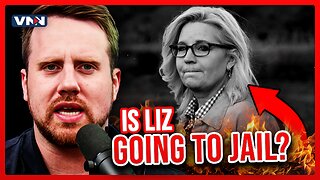 LIVE
LIVE
Vigilant News Network
13 hours agoLiz Cheney’s Problems Just Got WORSE | The Daily Dose
1,172 watching -
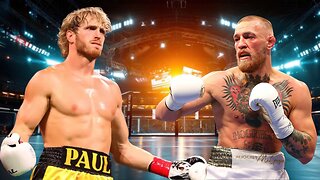
Game On!
13 hours ago $6.54 earnedConor McGregor vs Logan Paul: BIGGEST Boxing Match of the Century!
22.9K6 -
 LIVE
LIVE
Jeff Ahern
1 hour agoNever Woke Wednesday with Jeff Ahern( Leftists losing everywhere)
278 watching -
 9:04
9:04
GBGunsRumble
12 hours agoGBGuns Armory Ep 134 Walther PDP F Pro
28.4K1 -
 13:12
13:12
Melonie Mac
21 hours agoAspyr Teases Possible New Tomb Raider Games in Classic Remastered Style
19.1K7 -
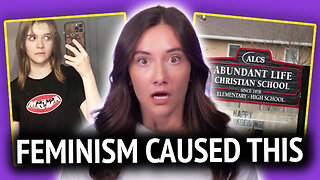 44:49
44:49
Chrissy Clark
14 hours agoThe Rise Of Female Shooters, ABC News’ $16M Settlement, & MORE I Underreported Stories
9.17K4 -
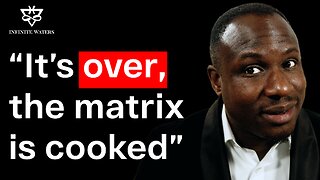 2:49:13
2:49:13
InfiniteWaters(DivingDeep)
22 hours agoIt's Over - The Matrix Is Cooked | Infinite Waters
16.2K9 -
 15:49
15:49
Chris From The 740
1 day ago $4.63 earnedThe EAA Girsan Influencer X - Not Your Grandpa's 1911
37.1K2


